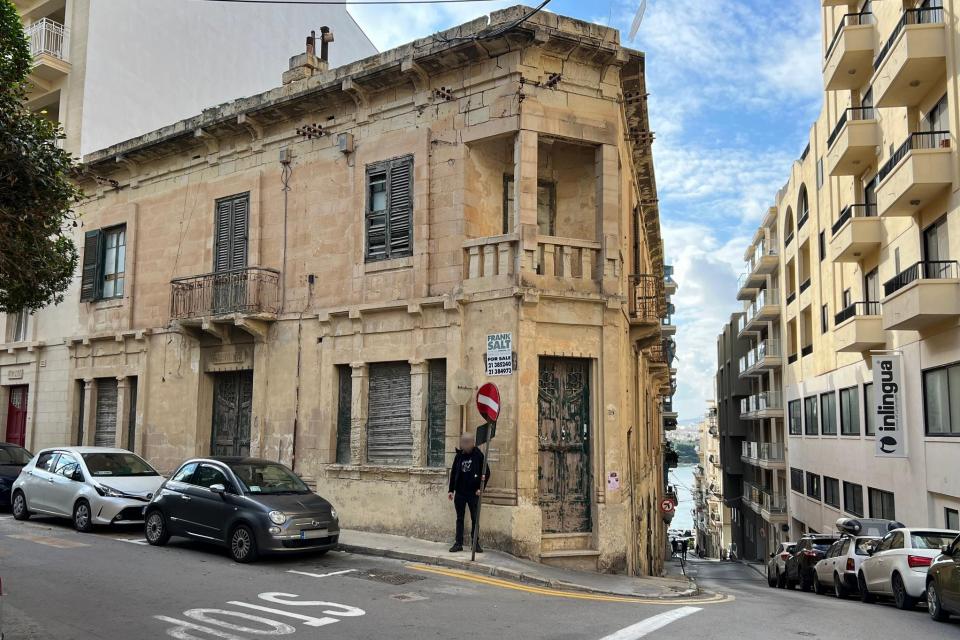PA defends plans to redevelop Art Deco house, saying facades will be retained
Tigne property to be turned into apartments and shops

The Planning Authority has defended a decision to transform an Art Deco townhouse in Tigne into apartments and shops, noting that its historic facades will be retained as part of the new development.
Last week, the PA’s planning board voted to approve an application to build 27 apartments, one penthouse, 998 square metres of commercial space and 50 underground parking spaces at the site.
The development will add four floors and the penthouse to the two-storey townhouse, which sits at the intersection of Triq Tigné, Triq Sant Antnin and Triq Pace in Sliema.
PA approval of the application came after an appeals tribunal overturned an initial decision to refuse it, noting that only two of the property’s facades – rather than the building itself - enjoy Schedule 2 planning protection.
Those two facades will be retained in the new development.
Times of Malta first reported on the development plans last Saturday.
On Tuesday, the PA issued a statement defending the planning board decision and noting that the Superintendence of Cultural Heritage had also given its assent to the project.
“The approved application ensures that the design of the additional floors on Triq Tigne and Triq Sant’Antnin is coherent with the existing façade of the property which the Authority had scheduled in June 2018,” the PA said in its statement.
The property’s facades had been granted Schedule 2 protection precisely to prevent them from being demolished, it added, noting that the scheduling application was filed “after an application was received for the demolition of the entire building due to its deterioration.”
According to the PA’s website, the property facades were scheduled in June 2018, roughly eight months after the original application to redevelop the site was filed.
That original application sought to demolish the entire site, without retaining the protected facades.
The PA noted that apart from the building in question, it had also protected the façade of two other neighbouring properties, named ‘Lavinia’ and ‘Licinia’. All three properties have a unique type of Art Deco architecture designed by Filippo Tortell in the early 1930s.